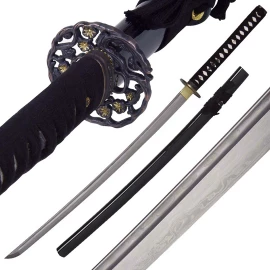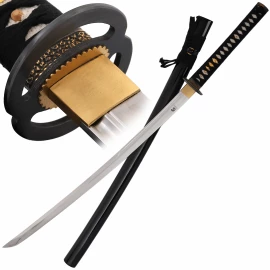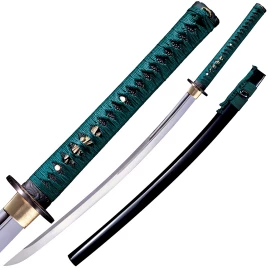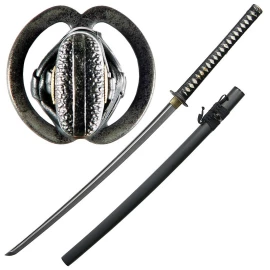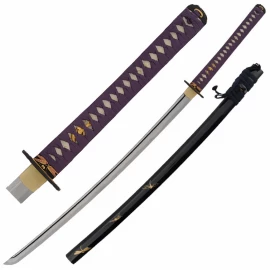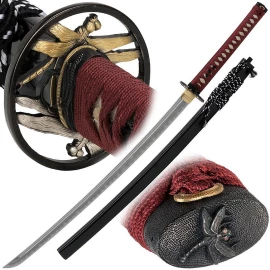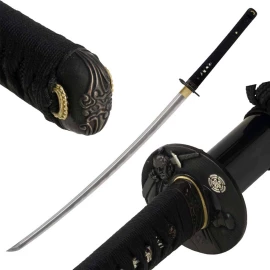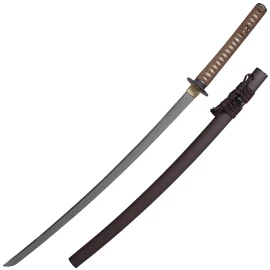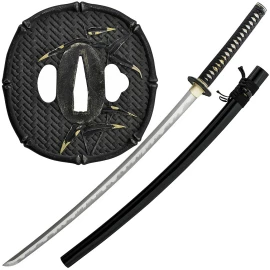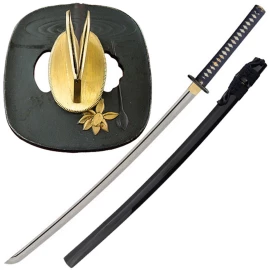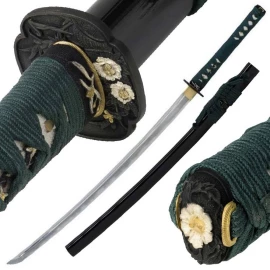Top-Quality Katana Practical Swords
The katana evolved as a sleeker and more compact alternative to the tachi. Its origins go at least as far back as the Kamakura Period, with several blades dated from that time residing in various national repositories.
Narrow your Results
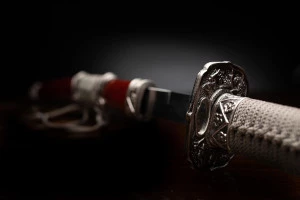
Top-Quality Katana Practical Swords
Its growth in popularity is believed to due the changing nature of close-combat warfare. The quicker draw of the sword was well suited to combat where victory depended heavily on fast response times. The katana further facilitated this by being worn thrust through a belt-like sash (obi) with the bladed edge facing upwards. Ideally, samurai could draw the sword and strike down the enemy in a single motion. Previously, the curved tachi had been worn with the edge of the blade facing down and suspended from a belt.
The length of the blade varied considerably during the course of its history. In the late 14th and early 15th centuries, katana blades tended to be between 70 to 73 cm (27.6 to 28.7 in) in length. While during the early 16th century, the average length was closer to 60 cm (23.6 in). By the late 16th century, the average length returned to approximately 73 cm (28.7 in). Please read alo our Samurai swords warranty.

